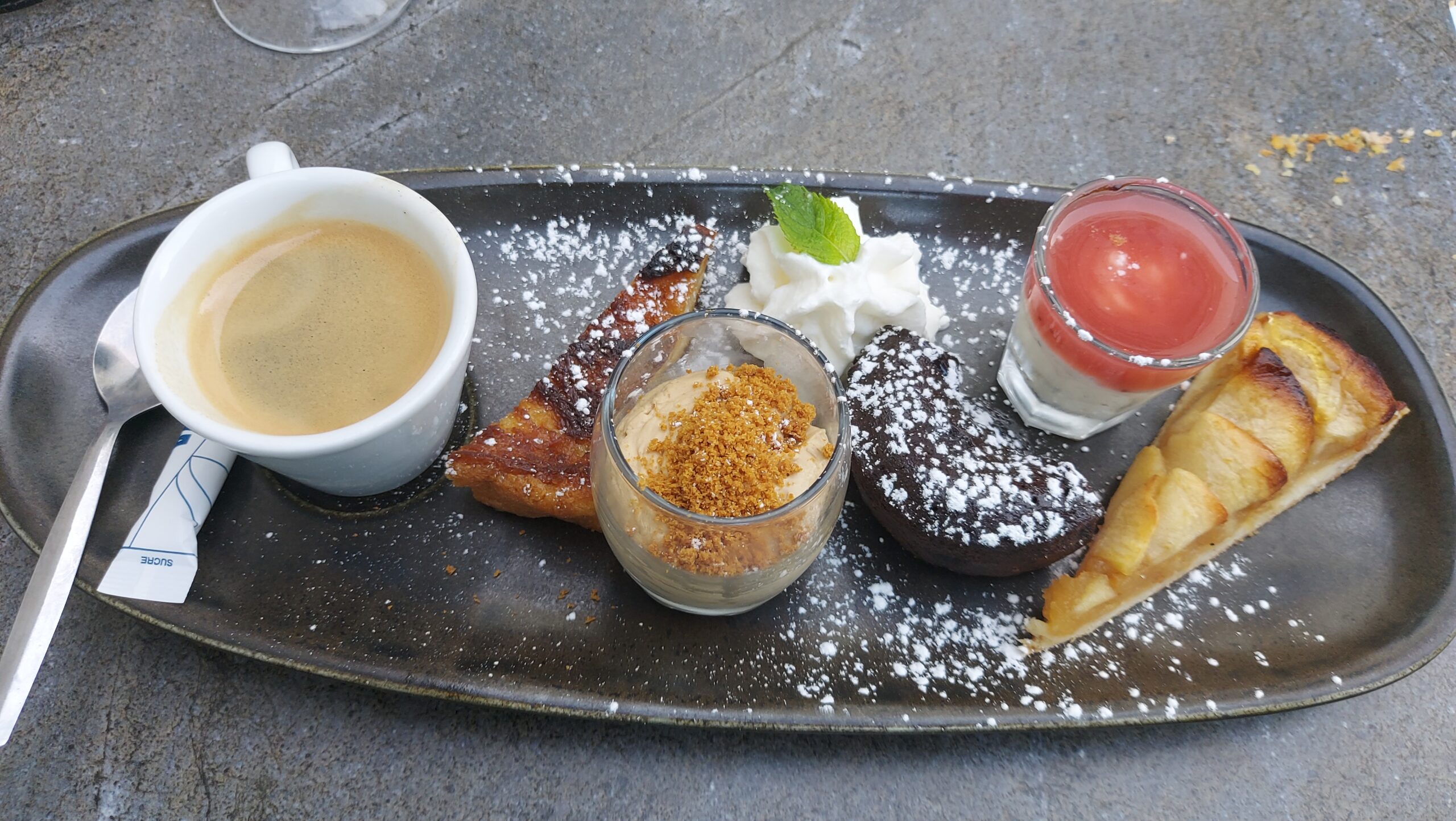Europe is a continent of rich history, diverse languages, and vibrant cultures—and nowhere is this diversity more deliciously evident than in its food. From the olive oil-kissed dishes of the Mediterranean to artisanal methods and stews of eastern Europe, each country offers a unique culinary identity shaped by geography, climate and tradition. In this blog, please join me to a flavorful journey through the food habits that I have discovered in different European countries.
France
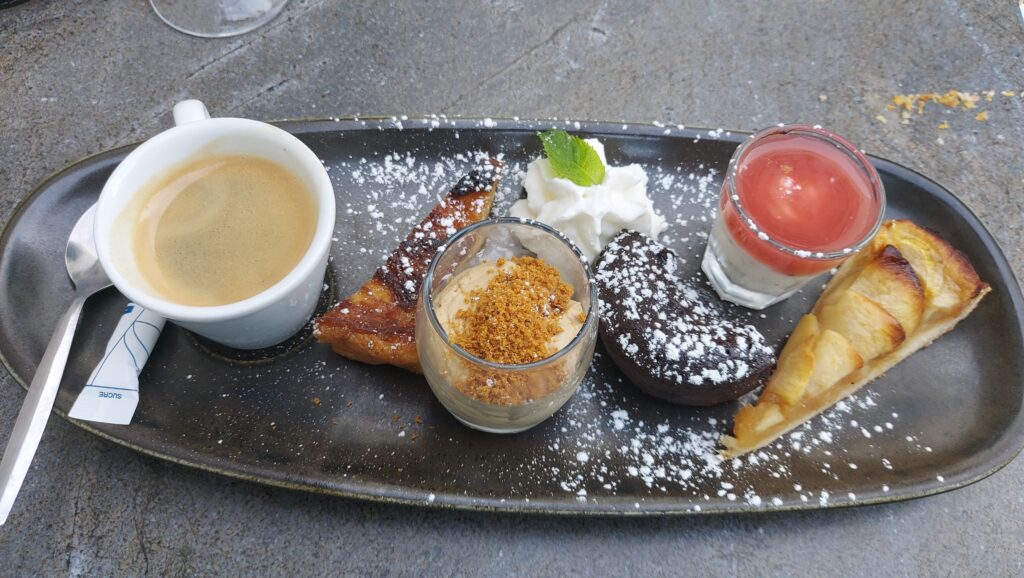
I have been staying in France for the past seven years and therefore I shall be discussing a bit more about France than other countries (sorry for being unfair). I started my European journey in the valleys of the Alps at Grenoble and then stayed in various other cities including Toulouse, Le Mans (24 hour race) and the capital of gastronomy, Lyon. In my early days, slowly I started discovering cheeses (fromage), patisserie and different types of baguette (which can get hardened after two days and is ready to beat anyone you dislike). I have a sweet tooth so I started liking pastries or viennoiseries (croissants, pain au chocolat, pain aux raisins and pains suisse). As a student, sometimes I used to have camembert or comté cheese between a baguette to catch the morning classes at the university.
The lunch break in France starts at 12 and can last for up to two hours. People usually go for a three course meal: entry, plate and a dessert. The food with fresh ingredients and artisanal methods are highly valued in France. Usually I opt for fresh veggies as an entry, a slice of fish with some sauté side vegetables as the main plate and any dessert with fruit toppings. Although I like tea, but I soon developed a taste for strong café post lunch. What I discovered during lunch that French people like to discuss the food, its ingredients and cuisine style. Their love for cheese (fromage) is eternal. No matter how much they have eaten, they are always open for fromage at the end of meal.
The dinner starts quite early in the evening between 7-9 pm. My French room-mates used to prepare salads or dishes of pasta, quiche or ravioli with a drink preferably wine. What I discovered with him that in the evening you start with an aperitif drink to stimulate your hunger and finish with a digestif to digest all you have eaten. A glass of wine used to be part of the evening meal. Three different alcoholic drinks were too much for me so I had no choice but to find some ways to escape eating with him.
Italy

I have visited Italy several times as the closest neighboring country to France and I must admit that no matter wherever I have eaten in Italy whether in Torino, Milan, Venice, Florence, Pisa, Roma, Bologna and Tirano, the awesomeness level of food cannot be explained. Some of the iconic cuisines I have tried are lasagna, margherita pizza, gnocchi, spaghetti and calzones with local drinks out of which my favorite is limoncello. Once in Bertinoro, I got the chance to dine with university staff in a summer school and I cannot forget how good the food was. It started with entry, drinks to digest, main plate accompanied with drink and finally dessert. Of Course affording such a meal from your own pocket won’t be that easy.
The breakfast timing, lunch and dinner are quite similar to France but the variety in the cafés are astonishing: right from espresso, ristretto, cappuccino, macchiato, latte and others which I haven’t yet tried. What I really appreciated in Italy was that the simplest cheese pizza down the street was always fresh and never disappointing unlike those of American food chains.
Germany

I have visited Munich and the capital city Berlin. The two cities have quite contrasting food cultures. Munich in the Bavarian region has pretzels, different sausages and beer all day. The white sausage gave a different punch and tasted nice. On the other hand, Berlin is quite cosmopolitan and they have some popular street food that includes currywurst and döner kebab. The grand milk cafe during the daytime was quite satisfying with some sweet pastries. I had a short stay in Berlin so I had Käsespätzle for lunch recommended by my German colleague and it was surprisingly rewarding.
Switzerland
Switzerland is landlocked but a country gifted by beautiful landscapes. Inheriting the cultures of its three major neighbours Italy, France and Germany, the Swiss offers a blend of three cuisines. Swiss chocolates are famous all over the world for a reason; the taste and quality they offered was mind blowing.
Spain
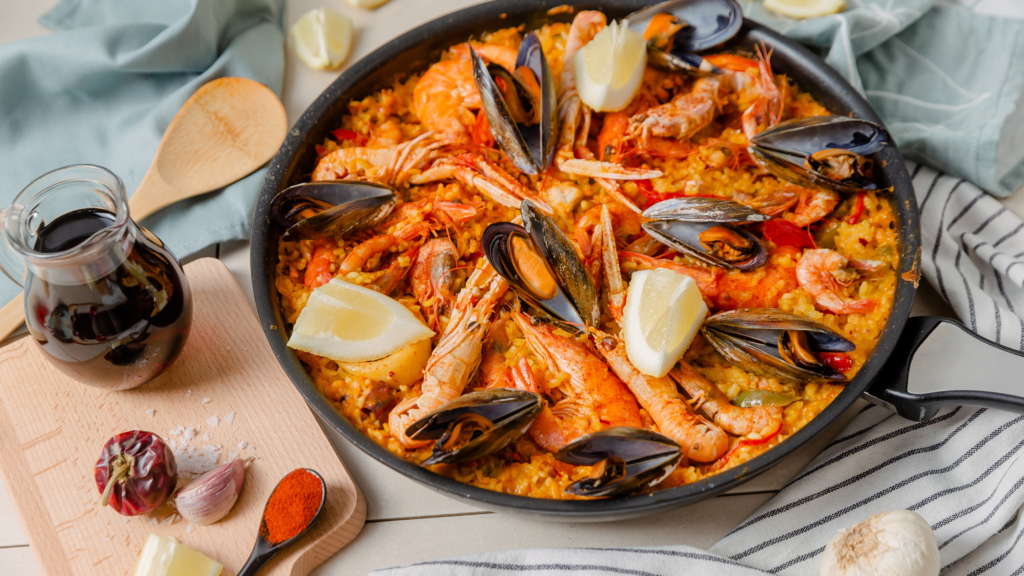
I have visited several cities in Spain that include Barcelona, Madrid, Sevilla, Grenade and Malaga. The city I liked the most is Sevilla. The fish varieties in a market at La Rambla in Barcelona was just unimaginable. I was happy to stay there longer looking at the colorful aquatic lives. I liked a mixte of appetizer, gazpacho, hot potatoes, squid, olives and some vegetables. In Sevilla, I discovered that the market closes after lunch (I think Spanish people like to sleep in the afternoon) and I did not find anyone apart from a few tourists in the streets. The markets reopen in the evening and people like to have cold beers and limonades. Unlike France, people usually eat late after 9 pm in Spain and I was fascinated by the variety of tapas they offered and paella.
Portugal
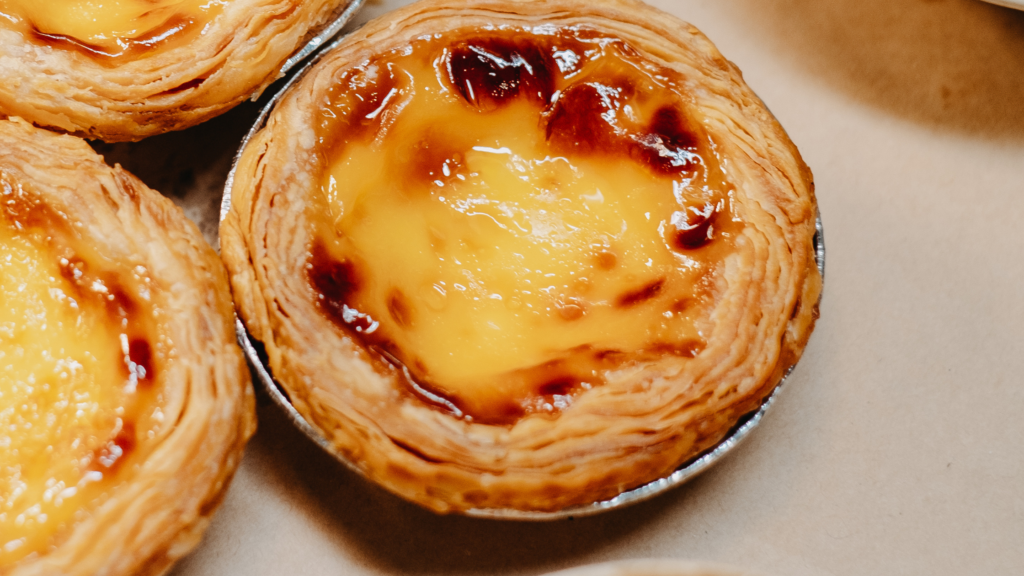
In Lisbon, I still cannot forget the healthy and inexpensive breakfast with pastel de nata, coffee, a fruit bowl and milk coffee. Portuguese wine is sweeter and makes me high quicker than Italian and French one. The dinner as well was super on a roadside restaurant with a freshly cooked large tranche of salmon.
Czech Republic
In Czech, I have only visited the capital city Prague. Historically, it’s an amazing city with old buildings, rail infrastructure and river bridges which are really well maintained. The hot stews are quite popular and the one I tried was mushroom goulash. I was on cloud nine just after the first spoon.

England
I have visited London, went down south to Bournemouth and up to Nottingham. The breakfast at the hotel included croissants, pastries like in France and scrambled eggs. But moreover they had been serving bean curry for breakfast which seemed too much to me. While others took and ate, I was happy with my light breakfast. Later in the day I realized that English people don’t have a three course meal for lunch.
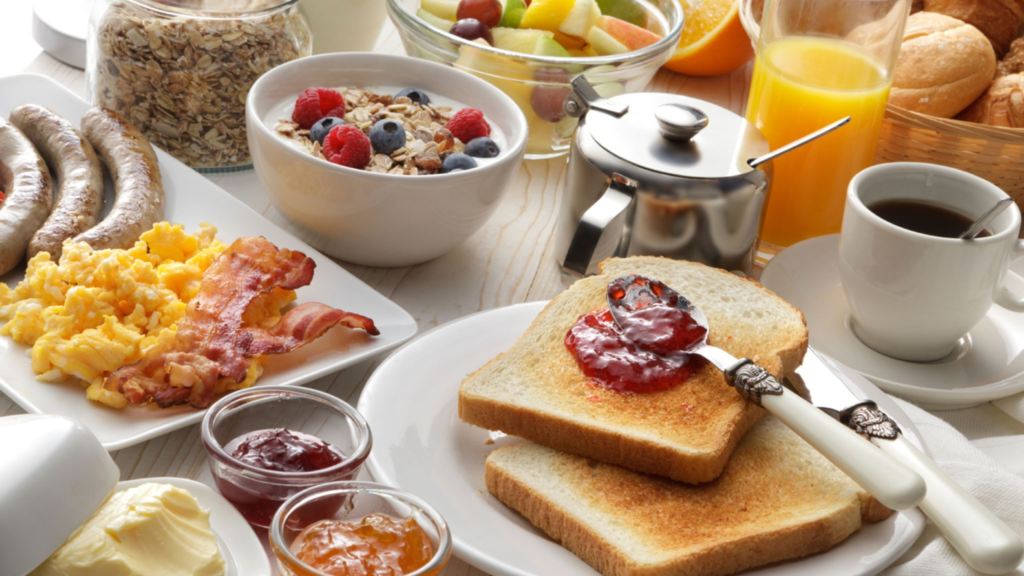
Everyone just grabbed a small sandwich from a dispensing machine and went back to work after half an hour. That’s how I came to know why everyone was having a heavy breakfast in the morning. The English cuisine is quite mixed and mostly I found South Asian restaurants. I don’t know if England has traditional food apart from fish and chips. Probably I should do some research before visiting Manchester at the end of this year.
Yet to discover
I’m planning to visit eastern europe, banks of Danube, regions of balkans, blue waters of Croatia and iconic areas of Greece. I have friends from those areas and I am sure I am going to have a wonderful cuisine tour besides scenic beauties. Then the Nordic countries including Estonia and Lithuania and the country famous for volcanic mountains, Iceland are on the cards.
Common Themes Across Europe
Despite the diversity, many European countries share common food habits such as the use of seasonal and local ingredients, the social aspect of meals, and growing trends like vegetarianism, sustainability, and fusion cuisine. Europe’s culinary landscape is as diverse as its cultures from what I have discovered yet. Exploring these food habits not only satisfies the palate but also provides insight into the traditions and values of different societies. What are your culinary adventures? I am eager to hear that from you.

